#This is about stormer but the other gals are pretty too
Text
she’s so pretty I’m sick…

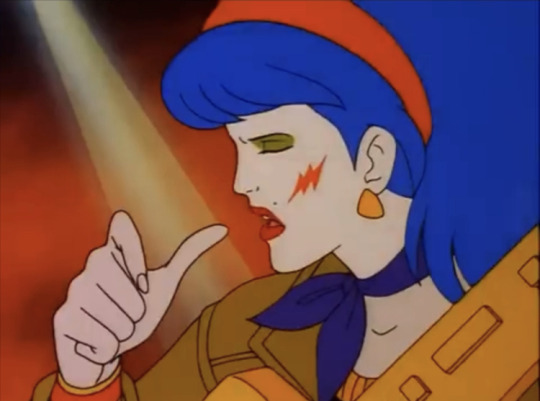


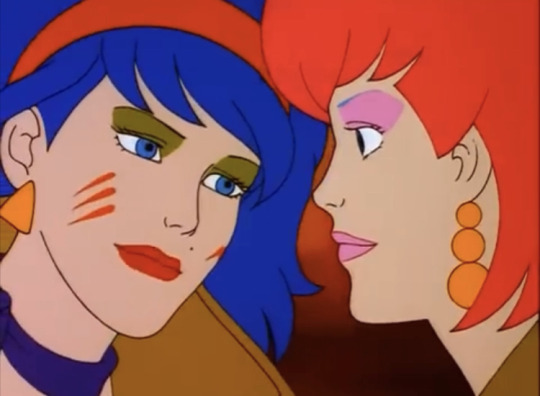

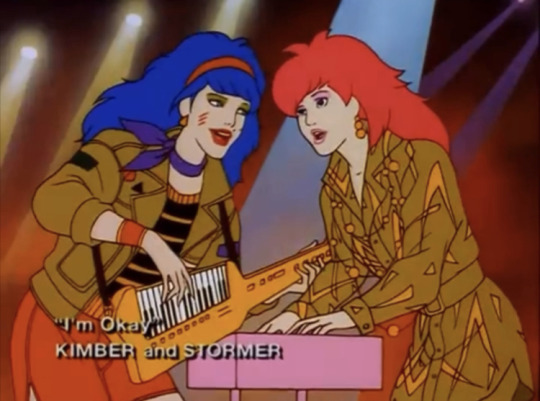
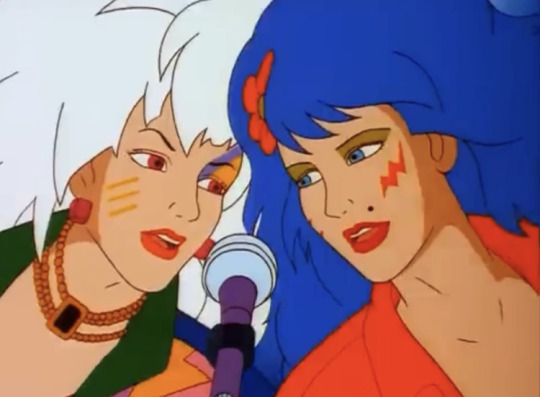


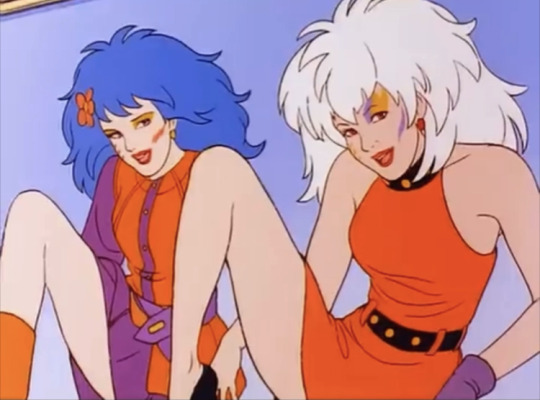
#jem and the holograms#the misfits#stormer#roxy#kimber#This is about stormer but the other gals are pretty too#cartoon nostalgia#nostalgia#80s cartoons
41 notes
·
View notes
Text
LGBTQ+ Characters in Comics from the 20th century I like
It’s June, Pride is here and rainbow colours are everywhere. So, I figured I’d be a little retrospective and share a short list of LGBTQ+ characters in comics from the 20th century I have a soft spot for. I’ve organized these by date of the characters first appearing but, happily most are still having stories written about them today.
Let’s start with three ladies from DC:

Catwoman
Catwoman, specifically Selina Kyle has been around comics for a long time, nearly as long as the turbulence of her relationship with Batman. Though, Bruce isn’t they only character she has involved herself with over the years. I’ve got my share of comics featuring this fierce lady of many lives and antiheroine, including part of the New 52 run by Genevieve Valentine a few years back where her bisexuality was acknowledged as canon. Though, it was the film adaptation Batman Returns in 1992 with Michelle Pfieffer that blew me away when I was young. And remains, I think the most iconic Catwoman costume, which you can see in 4K now. Hear her roar.
Wonder Woman
Wonder Woman is another longstanding character and probably the most popular female superhero. I had comics as a child with Diana along with watching the sometimes campy 1970s TV series with Lynda Carter. Perhaps even more interesting than the Amazonian warrior herself is the passions of one of her creators William Marston and the themes of those earliest comics. (I’d suggest the book Wonder Woman: Bondage and Feminism in the Marston/Peters Comics 1941-1948.) And of course, also the controversy over a strong heroine standing on her own sparked by Fredic Wertham in Seduction of the Innocent.
Poison Ivy
Poison Ivy, or Pamela Isely with her sexual agency and connection to the Green, who admittedly may go about fighting for the environment as well as for women or children in the wrong way sometimes, is my top female character from American comics period. After again some rough treatment in comics recently, I wrote this year about her origins since 1966. Most people these days probably can’t think of Ivy without Harley, since it’s been 20 years since their first meeting in comics (longer for other mediums) but, these gals have a relationship that isn’t monogamous and has had it’s on again off again points too. (And note to DC maybe get it together on just how you define it since you waffle a bit hmm?)
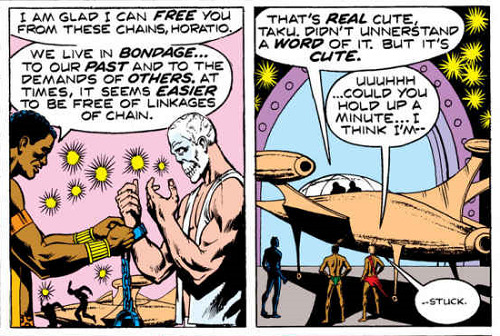
Taku and Venomm
Black Panther was one of the few Marvel comics characters whose stories I’ve wound up reading. (My mum had this thing against some comics and one of my older brothers mainly passed on DC issues to me.) The Jungle Action installments written by Don McGregor are to this day still memorable. And part of that should be due also to Taku and Venomm (Horatio Walters), the latter first appearing in the “Panther’s Rage” arc. Though, it would take time for the open acknowledgement of this example of early gay characters in comics. Sexuality outside the heterosexual among other topics was taboo in the 1970s yet, McGregor managed with a collection of artists to bring a vision of Wakanda focusing largely on its black inhabitants and difficult social issues in the world to publication.
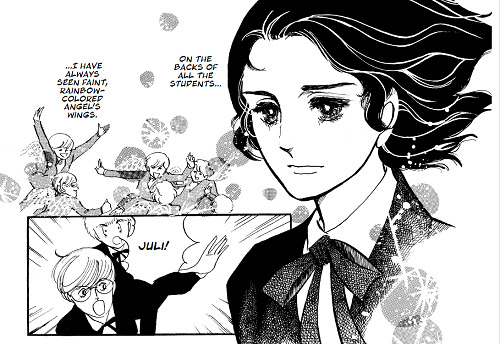
Juli Bauernfeind
I read The Heart of Thomas by Moto Hagio about boys at a German boarding school when I was 21. Juli was a character I connected to and the story had a profound effect on me. And I bawled my eyes out. It still makes me cry and is still one of the best comics I’ve ever come across. I reviewed the English edition a few years back. As well as wrote a post on the French bisexual author Roger Peyrefitte whose novel was adapted into a film which inspired Hagio.

John Constantine
Full of politics, call it dark with a dose of nihilism but, Hellblazer with John Constantine is just damn good. Sometimes the world is awful, people are awful, you’re awful and well yeah everything is going to hell. Constantine is pretty much dreadful for the women he’s often involved with, or well anybody really. It was in the early 90s readers were first clued into the history of his love life made up of girlfriends and boyfriends. And can we fail to recall the later S. W. Manor from Ashes & Dust: In the City of Angels, one of the most visceral takes thru a character that is basically a stand in for Bruce Wayne, and his twisted relationship with John? I’m not. It’s been a strange trip over the years some adaptations really glossing over his sexuality. Though of late handling this aspect of his character appears to have gotten better.

Stormer and Kimber
The madcap Jem and the Holograms was one of my favourite cartoons as a child in the 80s. I even had some of the dolls and cassette tapes. Stormer aka Mary Phillips part of the Misfits was the rock star I loved the most. Dedicated to music and actually quite sweet with the optimum blue hair. I had to try the colour myself. The episode where she teams up with Kimber after both have differences with their respective bandmates is a classic. So, it was truly outrageous when the series was revived in 2015 in comic book form by Kelly Thompson and Sophie Campbell, and the Stormer and Kimber relationship that had been brewing came fully out for fans. (Btw the comic also added a new character, Blaze who is a trans woman and girlfriend of Misfit’s fan Clash.)

Ash Lynx and Eiji Okamura
It’s been interesting to experience Banana Fish by Akimi Yoshida in different ways from first encountering the comic when I was a teenager, picking it up again in my twenties, and yet again the animated TV series last year. I wrote about the comic and first few episodes of the 2018 adaptation when it was airing. Though, I haven’t posted much more on it because there’s a tiny percentage of its fandom I want to avoid, as well as 30+ years on the series is still— pain. This one is a tragedy folks. However, it also has a beautiful healing love story and touched on a variety of hot button issues that are sadly still relevant today. My love for these two teen characters in a gritty USA will live forever.
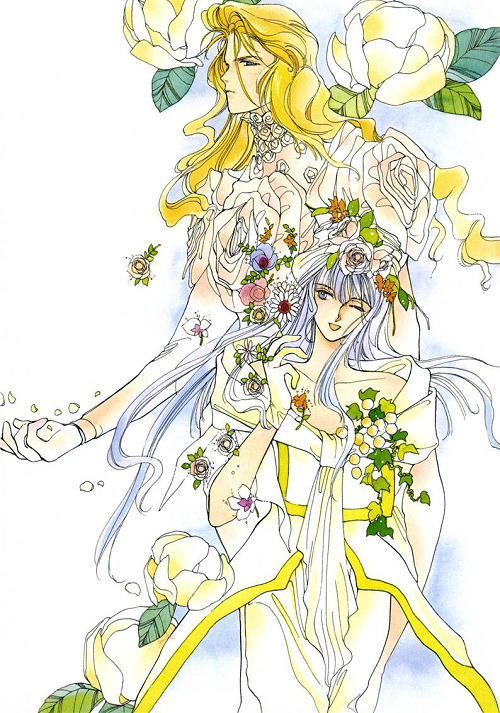
Chihaya and Kagetsuya
I’ve written before how the sci-fi title Earthian was what introduced and endeared respect for m/m comics from Japan for me. The art style of Yun Kouga has changed a bit over the years, nevertheless still stands out from the crowd. And Earthian with a taboo love between androgynous male angels remains my favourite of her work.
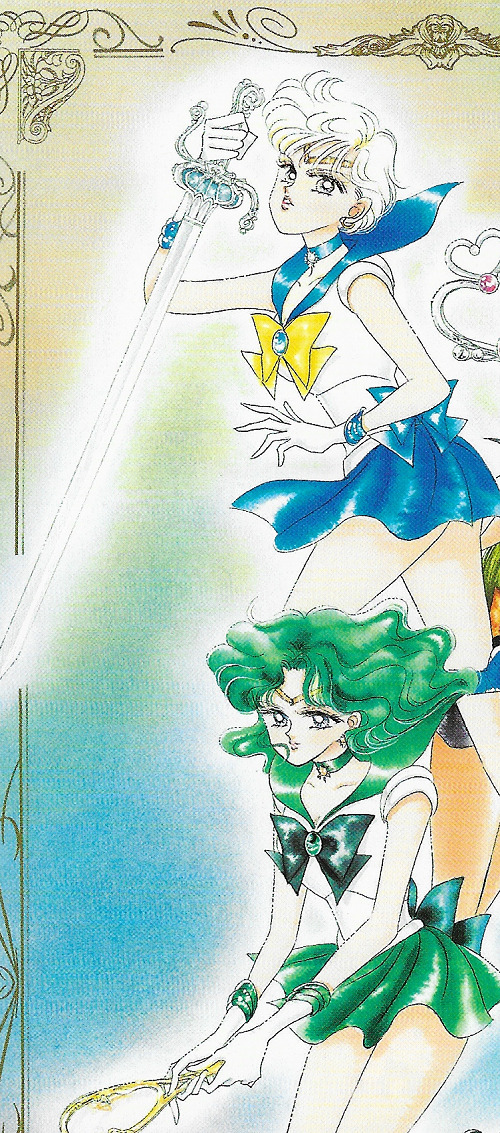
Michiru Kaiô and Haruka Tennô
Sailor Moon has become a multimedia sensation and is beloved around the world. Many kids and even adults of all sorts in the 90s will remember it in one form or another and cite it as an influence for pursuing careers in all sorts of creative fields. Along with countless fans recognizing or discovering something of themselves in the characters. There are several different characters for rep in the series. But particularly for me Michiru and Haruka were an opportunity in a very anti-LGBTQ+ climate (their relationship was even refashioned as being cousins when brought out in English for the first time) to nevertheless see such a loving, positive relationship.

Tomoyo Daidôji
Love is a theme the creative team CLAMP revisits and revisits and Cardcaptor Sakura is the magical girl comic series with a theme on all different forms. It is one of the first all ages titles from Japan that I will recommend to people. (Despite fyi containing a whopping four student-teacher relationships. Not the purpose of this post to go into right now though.) The best friend to Sakura, Tomoyo is one of my favourite characters. Always supportive, maybe a bit alarming popping out of bushes or other spots with her camera at the ready to catch either Sakura’s everyday life or battles, and possessing boundless fashion sense. (Btw, there are other characters in the series that are or could be interpreted as examples for my list as well. Sakura among them.)
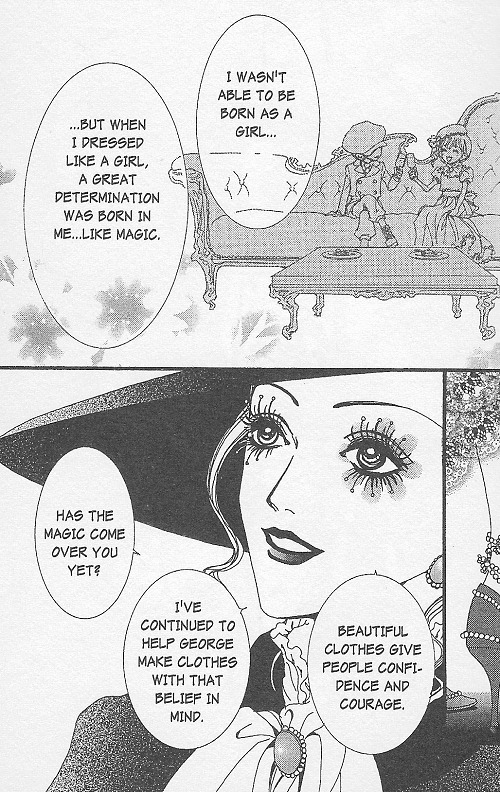
Isabella Yamamoto
Paradise Kiss by Ai Yazawa, a sequel of sorts to one of the huge girls’ comics titles of the 1990s Gokinjo Monogatari, introduced a group of teenagers on the verge of graduating, some with an idea of what to do with their lives and others questioning the path they’ve so far taken. Isabella from an affluent background but, who struggled for acceptance from her family or nearly anyone until she was gifted a handmade dress by her childhood friend George (who is Bi btw), studies pattern drafting at the same art school as Gokinjo Monogatari. The most mature of the main cast, refined, always listening and offering a cup of tea, she achieves her dream career and self-actualization in fashion. Since I have a degree in fashion design, I have to agree that clothes are so much more than just something we wear.
#lgbtq characters#comics#catwoman#wonder woman#poison ivy#taku#venomm#juli bauernfeind#john constantine#stormer#kimber benton#ash lynx#eiji okumura#chihaya#kagetsuya#michiru kaiô#haruka tennô#tomoyo daidôji#isabella yamamoto
37 notes
·
View notes